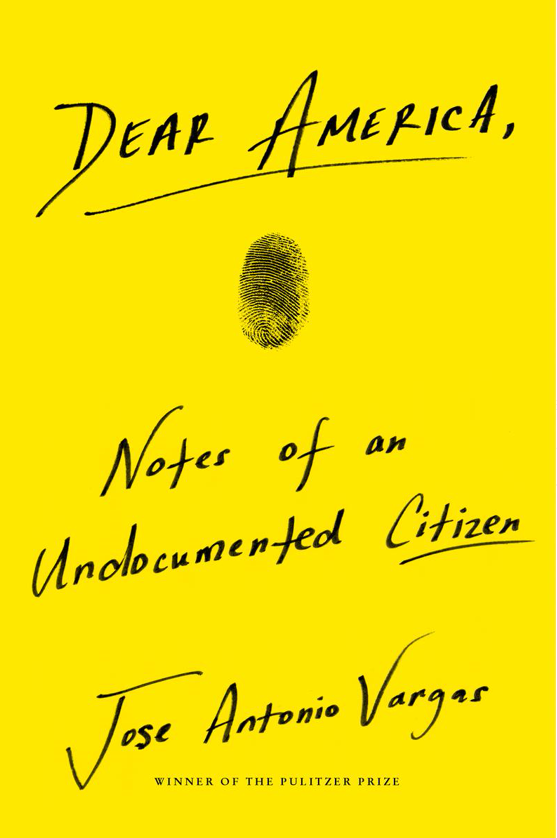|
 As the part of the new TSC First Year Experience initiative, TSC will launch a common reader program for the 2019-2020 academic year. The common reader program will target incoming students, students with less than 30 semester credit hours, and students enrolled in Freshmen Orientation and Learning Framework courses. As the part of the new TSC First Year Experience initiative, TSC will launch a common reader program for the 2019-2020 academic year. The common reader program will target incoming students, students with less than 30 semester credit hours, and students enrolled in Freshmen Orientation and Learning Framework courses.
The Common Reader:
- Fosters a shared intellectual experience that will contribute to a sense of community by increasing students interactions with other TSC students, faculty, and staff. The common reading program is designed to provide the campus community with a common topic of interest. Early in the semester, in addition to the specific course curriculum, students and faculty can join together to discuss their thoughts and reactions to the common reader. The common reader can serve as an early topic for discussion in courses.
- Helps students make connections between course material and current societal and global issues. During the academic year, students will be provided with several opportunities to engage in community service and civic engagement projects. The projects will be designed around the core values shared between the college and common reader. The projects will help facilitate the transfer of learning from the classroom to the community at large.
- Engages students prior to entering campus. After attending orientation, students will leave campus with an assignment to read the common reader and prepare for the discussion groups and activities. Students will be provided with a series of questions aimed at focusing their attention on several key themes. The reading project will demonstrate the importance of reading and critical analysis.
- Integrates cross-curricula skill building, critical thinking, and exchange of ideas. While the common reader will target Freshmen Seminar courses, the common reader can be linked into several courses, whereby providing the students with exposure to different academic perspectives and interpretations. The combining of the differing viewpoints will provide students with the opportunity to develop and practice their critical thinking skills.

|
|
Last Updated on Tuesday, 21 May 2019 13:51 |